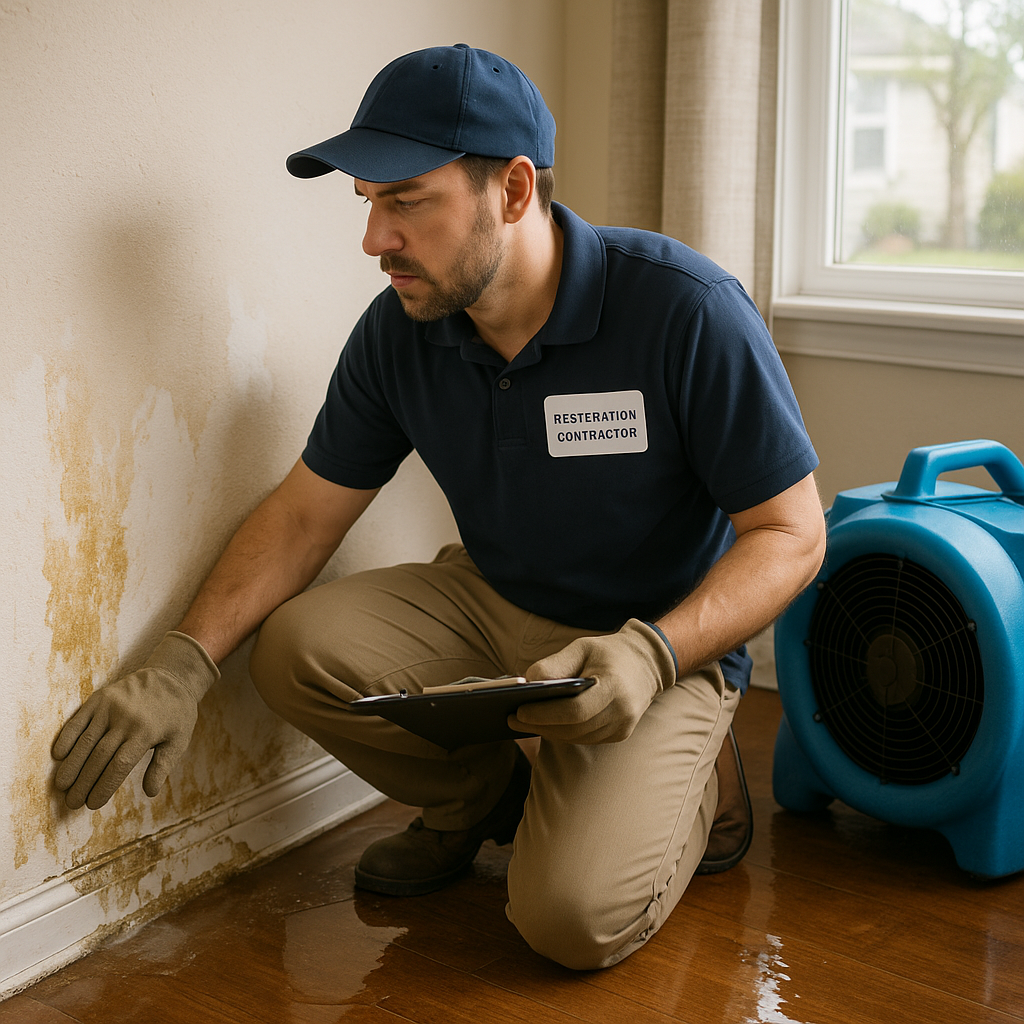When heavy rain is in the forecast, alerts start popping up on phones and TVs. Two you’ll see often are Flood Watch and Flood Warning. They sound similar, but they call for very different actions. Knowing the difference helps you protect your family, your home, and your business—and it can cut costly recovery time if you ever need water damage restoration. Here’s a clear, practical guide with steps you can take today, plus what to do when waters rise.
For more safety resources, see the Steamatic home page: https://steamatic.com/
Watch vs. Warning: Quick Definitions:
Flood Watch = Be ready. Conditions are favorable for flooding. It may not happen, but it could. Use the time to prepare and monitor updates.
Flood Warning = Take action. Flooding is happening or imminent. Move to higher ground or follow local evacuation guidance immediately.
A simple memory cue: Watch the skies and prepare; Warning means water is coming or already there.
Why This Matters:The Numbers:
Flooding is the deadliest thunderstorm hazard in the U.S., and driving into water is a leading cause of flood deaths. CDC and NWS data show that over half of flood-related drownings occur in vehicles. Even six inches of moving water can knock you off your feet; one foot can sweep a car away.
What to Do During a Flood Watch:
Use the Watch window to get ahead of the risk:
Check alerts and routes. Turn on local alerts, verify evacuation routes, and identify high ground nearby.
Stage your go-bag. Pack essentials: water, nonperishable food, meds, flashlights, power banks, copies of documents in a waterproof pouch, and pet supplies.
Protect entry points. Move vehicles to higher ground; clear gutters and drains; stage sandbags or door dams if you’re in a low spot. (Small businesses and storefronts should also back up point-of-sale data and test sump pumps.)
Review your insurance. There’s typically a 30-day waiting period before a new NFIP flood policy takes effect—don’t wait for a storm to file paperwork.
What to Do During a Flood Warning:
A Warning means water is threatening now.
- Move, don’t wait. Follow evacuation orders, get to higher ground, and stay off bridges over fast-moving water.
- “Turn Around, Don’t Drown.” Never drive through flooded roads. Visibility is deceptive, roadbeds may be washed out, and moving water is stronger than you think.
- If you must shelter in place, shift to upper floors, shut off electricity if instructed, and keep phones charging and dry.
After the Water Recedes: Safe, Faster Recovery:
Assume floodwater is contaminated. Wear gloves and boots; discard porous items that can’t be cleaned quickly.
Prevent mold fast. Dry the structure within 24–48 hours if possible. Ventilate while cleaning; use no more than 1 cup of bleach per gallon of water, and never mix bleach with ammonia.
Document everything. Photograph damage before cleanup for insurance claims; save receipts for pumps, fans, and materials.
Know when to call pros. A licensed water damage restoration contractor can handle structural drying, moisture mapping, and safe debris removal—especially after significant contamination or when electrical systems are affected.
Plan for next time. Elevate critical utilities, install backflow valves, and update your continuity plan.
If you need rapid help coordinating emergency restoration services, look for certified firms with 24/7 response, moisture diagnostics, and documented drying standards (IICRC S500). Independent third-party standards help ensure quality and accountability.

When DIY Isn’t Enough:
Minor dampness in a single room can be DIY-managed with fans and dehumidifiers. Widespread intrusion, visible contamination, or lingering moisture readings call for professional water damage restoration using industrial dehumidification, negative air, and continuous monitoring. The goal is not just “dry to the touch,” but dry by measurement to prevent hidden mold and long-term material failure.
Frequently Asked Questions:
Q1: How do I remember the difference between a flood watch and a flood warning?
A: Watch = possible flooding; prepare and monitor. Warning = happening or imminent; act now and move to higher ground or evacuate.
Q2: Is it safe to drive through a few inches of water if I can still see the road?
A: No. Most flood deaths happen in vehicles. Water depth and current are deceptive, and roadbeds may be washed out. Turn around—don’t risk it.
Q3: How soon should I start drying my home after a flood?
A: Begin within 24–48 hours to reduce mold growth. Ventilate while cleaning and follow safe disinfecting practices.
Q4: Can I buy flood insurance right before a storm?
A: Usually not. NFIP policies typically require 30 days to take effect, with limited exceptions. Plan ahead.
Final Thoughts:
Floods move fast, and so should your plan. Treat a watch as your prep window and a warning as your cue to act. Keep alerts on, know your high ground, and stage a simple go-bag with meds, documents, and chargers. After water recedes, think safety first, dry quickly within 24–48 hours, and document everything for insurance. When damage is widespread or contamination is likely, call certified pros for emergency restoration services and measured drying rather than guesswork.
Preparation is not complicated. It is a short checklist you practice before the storm, a clear decision on when to leave, and a recovery routine that starts the moment it is safe. If you live or work in a risk area, review your coverage now and harden weak points around doors, drains, and utilities. The goal is simple: protect people first, reduce loss, and return to normal with confidence.


